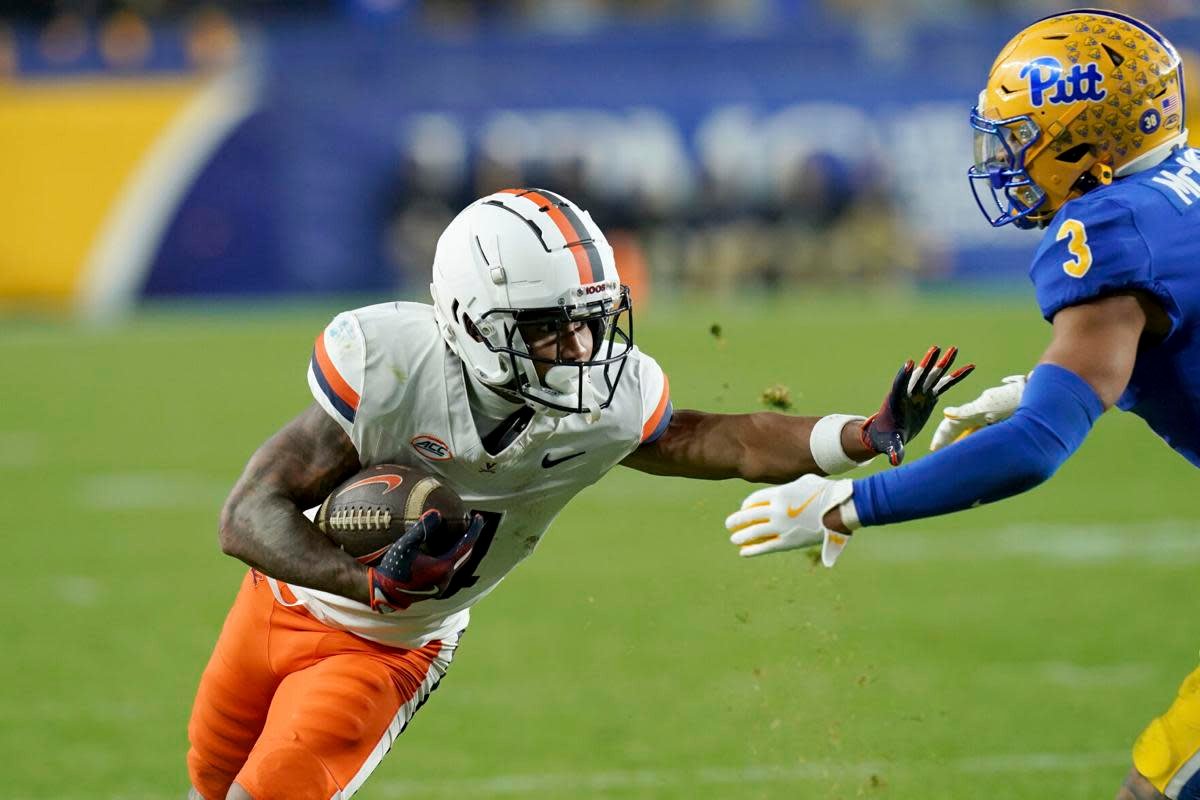

5 Tips to Use Sports Analytics to Better Your American Football Betting Strategy
American football isn’t just about brute force or dramatic fourth-quarter comebacks. Beneath the sweat, turf, and touchdowns lies a game of numbers. If you’re betting without using sports analytics, you’re basically playing blindfolded. Whether you’re a casual bettor or someone trying to edge the line every Sunday, it’s time to make data your best teammate.
According to a 2023 Gartner study, over 73% of professional sports teams now use analytics to guide decision-making. If they’re doing it to win games, why shouldn’t bettors use it to make smarter wagers?
Let’s dig into five ways sports analytics can sharpen your football betting strategy—and how to use them with purpose.
Learn to Read and Compare Advanced Metrics, Not Just Stats
Box scores are nice, but they’re not enough. Anyone can look at a quarterback’s passing yards or a running back’s total touchdowns. But advanced stats show you what’s really happening on the field.
Instead of just looking at yards per game, examine:
- DVOA (Defense-adjusted Value Over Average): Measures efficiency against the league average, factoring in situation and opponent.
- EPA (Expected Points Added): Tells you how much a player or team contributes to scoring on each play.
- Success Rate: Helps determine how effective a play actually was based on down and distance.
According to Sports Info Solutions, teams with a higher offensive EPA tend to outperform the spread by over 10% during the regular season. That’s not small talk. That’s your edge.
Don’t Ignore the Power of Contextual Trends
Trends matter—but only when understood in context. A team might be 8–2 against the spread (ATS) in their last 10 games, but were those games against poor defenses? Were they home or away?
Instead of memorizing “Team A is 7–1 on Thursdays,” ask:
- Who were their opponents?
- Were key players injured?
- What was their turnover margin?
Analytics isn’t about cherry-picking. It’s about stacking patterns over time to see where they hold up. A 2024 Gartner survey on predictive modeling in sports betting found that trend-based models had up to 28% higher accuracy when enriched with contextual data. So always dig deeper than the headline stat.
Bonus tip: Include Slot Games in Your Tactic
Many platforms offering sports betting also feature casino games, including free slots. While these don’t directly influence football outcomes, they reflect how bettors engage during off-peak betting hours. The idea of testing something without risk—like free slots—is similar to running test simulations for bets before going live. It’s about strategy, patience, and understanding risk without immediate financial exposure. It’s also a subtle reminder of how diverse betting environments have become, with sports, casino, and AI-driven platforms all overlapping.
Use Simulations to Test Your Strategy Before You Bet
Before putting real money down, test your betting model using historical data. This is where Monte Carlo simulations and predictive modeling come in. You feed in past performance, injury data, and opponent metrics to simulate thousands of game outcomes.
This method isn’t reserved for sports data scientists. There are platforms and tools—some even free—that allow you to plug in variables and view likely outcomes.
Even sportsbooks themselves do this. So if they’re simulating, you should too. Why guess when you can test?
Don’t Overlook Special Teams and Game Scripts
Most bettors focus only on offense and defense. But special teams and game flow can flip the betting board entirely.
Punt return efficiency, average starting field position, kicker accuracy—these can swing game totals and point spreads.
Game scripts—how a game should play out—also help. If Team A usually builds an early lead and leans on their run game to kill the clock, you can predict:
- Lower second-half scoring (good for under bets).
- Fewer passing yards for their QB (under on passing props).
In fact, Pro Football Focus data from the 2023 season shows teams that led at halftime covered the second-half spread 61% of the time. Use that to your advantage. Map out the script before the game starts.
Trust Data, But Don’t Bet Like a Robot
It’s tempting to go full spreadsheet-mode. But don’t forget the human factor. Emotions, locker room morale, coaching decisions—they all bend the math sometimes.
That’s why the best bettors combine analytics with intuition.
Here’s how to stay balanced:
- Set limits and stick to them. Let data tell you when to walk away.
- Follow injury reports and coaching news daily.
- Use AI-based tools to spot early line movement, but don’t chase late momentum without checking if the data still holds.
A recent report from Gartner showed that bettors who combined human oversight with analytics-driven tools had a 34% higher retention rate on sportsbook platforms—mainly because they stayed in control and didn’t spiral.
Final Thoughts: Bet Smarter, Not Louder
Sports betting has evolved. Gut feelings don’t win over the long run. Data does. If you’re serious about improving your American football betting strategy, using analytics isn’t optional anymore. It’s your baseline.
The tools are out there. The stats are public. The trends are measurable.
The game is changing. Let the numbers help you stay one step ahead.







